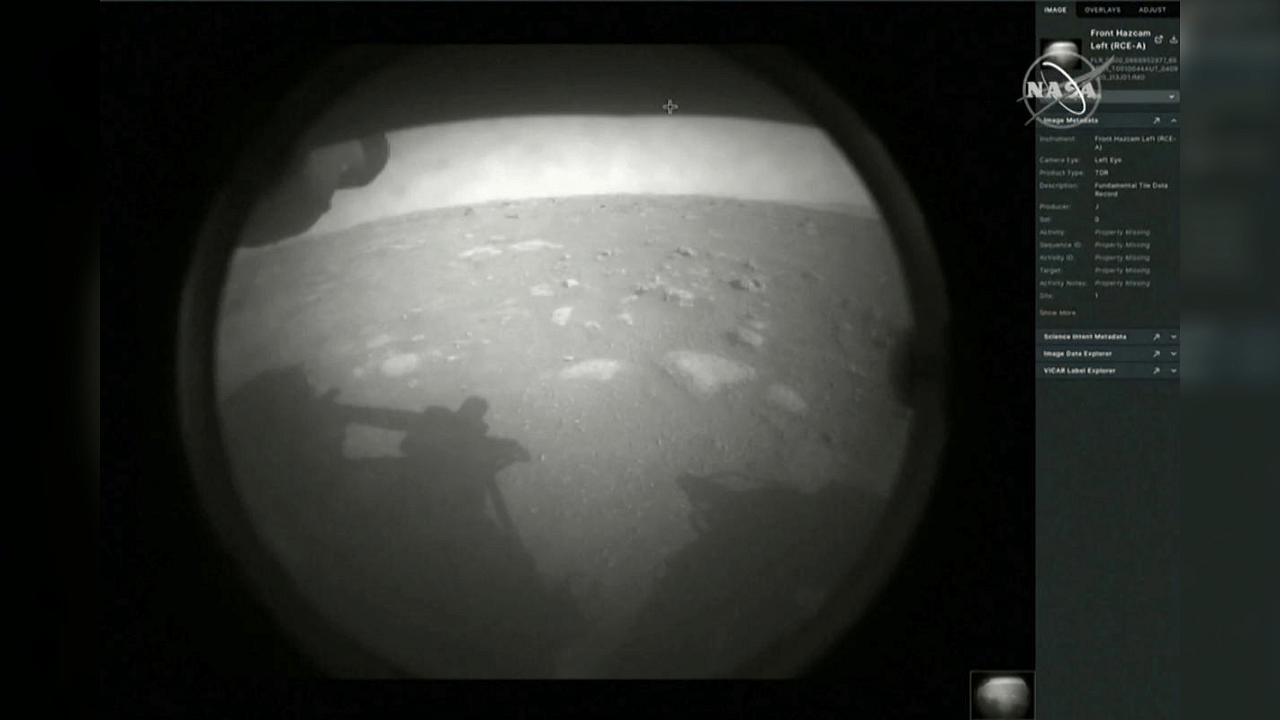
NASA landed a new robotic rover on Mars on Thursday, its most ambitious effort in decades to directly study whether there was ever life on the red planet.
While the agency has landed other missions on Mars, the $2.7 billion robotic explorer named Perseverance carries a sophisticated set of scientific tools that will bring advanced capabilities to the search for life beyond our planet.
Perseverance was the third robotic visitor from Earth to arrive at the red planet this month. Last week, two other spacecraft, Hope from the United Arab Emirates and Tianwen-1 from China, entered orbit around Mars.
But NASA’s spacecraft did not go into orbit first. Instead it zipped along a direct path to the surface.
At 3:48 pm. Eastern time, controllers at the mission operations center at NASA’s Jet Propulsion Laboratory near Pasadena, California, received word from Perseverance that it had entered the top of the Martian atmosphere at a speed of more than 12,000 mph. The spacecraft was beginning the landing maneuvers that would bring it to a soft stop in just seven anxiety-drenched minutes.
All that anyone on Earth could do was watch and hope that Perseverance performed as designed. At Mars, the fate of the rover was already determined.
Mars is currently 126 million miles from Earth. Radio signals, traveling at the speed of light, take more than 11 minutes to travel from there to here. That means that when the message announcing the start of the landing sequence reached Earth, the rover had already been on Mars for 4 minutes. The only uncertainty was whether it was safe there in one piece, or crashed into many pieces, another human-made crater on the planet’s surface. The atmosphere of NASA’s operations centre — more sparsely filled than previous Mars landings because of precautions required by the coronavirus pandemic — was pensively quiet, broken by applause as specific events unfolded without a problem.
There were periodic announcements of the spacecraft’s progress through the atmosphere: the deceleration and heating as it sliced through the thin Martian air, the deployment of a huge parachute even as it was still supersonic in speed, the shedding of the rover’s heat shield so that its cameras could navigate to its destination, the firing of rocket engines to further slow its descent.
In the final step, the rover was lowered at the end of a cable beneath a rocket-powered jetpack until it touched the surface.
At 3:55 pm. cheers erupted in the control room with the announcement that Perseverance was intact on the surface. “Touchdown confirmed,” said Swati Mohan, the engineer who provided commentary on the descent.